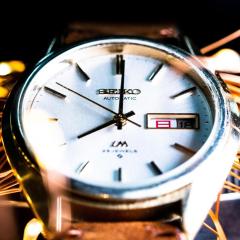-
Similar Content
-
Recently Browsing
- No registered users viewing this page.
-
Topics
-
Posts
-
I'm trying to get a balance spring Mantel clock to run to time - even with the regulator set to Slow it's gaining 40mins a day (the balance spring was damaged on receipt so it may be shorter than it should be - can't think why else it should run fast, especially as it is quite dirty & apparently hasn't been working for some time.). Anyway, looking closely at the train I've noticed the pre-escapement wheel is slightly 'dished'. Could this have been done by a previous tinkerer to get around a problem that should have been addressed by e.g. bushing pivot holes?
-
By nevenbekriev · Posted
Hi Rich, now i realise that you spring broke. how did it broke, may be when grinding the fixator part with the dremel? If so, then guess You have let it to vibrate free, this is wrong. One must keep the spring pressed with finger to boost the vibrations, other vice it resonates and breaks. -
By nevenbekriev · Posted
The movement is so called 'Tongji', standard chinese movement. The stem can still be used with the help of extender. -
By RichardHarris123 · Posted
It opened today, excellent as usual. -
By nevenbekriev · Posted
I will advice to share the idea first here before doeing something to the movement
-









Recommended Posts